
“Great things are done when men and mountains meet,” wrote William Blake in the early 1800s. Blake, and the great English romantic poets after him, often used mountains as a symbol of transcendence into nature and the sublime landscape.
During his childhood, English photographer Charles Emerson would spend his holidays in Scotland’s highlands. That’s where he first became transfixed with Bauchaille Etive Mor, a pyramidal peek at Glen Coe. “I would just pass that mountain every time and as my life changes massively as I go by, that mountain is just there, consistently unchanging,” says Emerson. Naturally it was the first mountain he photographed for his latest series Myth and Mountain using a technique he describes as “collecting light”. In the series, he creates hallucinogenic landscapes in radiant colors of his epic subjects.
Emerson begins making each image by shooting an extremely high resolution digital photograph that will serve as a template. Then, he shoots film on a 35mm and medium format rangefinders leaking light into the back and making multiple abstract exposures of color.
“My father was a painter, so I grew up surrounded by his work,” he says. “He often painted abstract landscapes. So he was my first initial influence.”
Emerson looks for details, like rocks, cloud formations or empty skies. Sometimes, he removes the lens altogether and uses a glass ball instead. “It doesn’t work in a normal focusing lens way,” he says. “It allows light to flood in and give it another layer of abstract coloration. So once I’ve built up this film—I get all high-res scanned and I basically work these layers over the top of the digital master file to imbue the picture with a bit more atmosphere than if you were to get a clinical high-resolution still image of a mountain.”
The series has taken him to explore ranges around the world including locations in Romania and Jordan. “Mountains are steeped in mythology. If you look at any culture in the world, you’ve got some sort of mythology connected to them, because they’re just so awe-inspiring for man over all of our existence.”
For Emerson, the resulting images are not true documentary depictions, instead, he says, “I’m looking to show my interpretation of that mountain, and in some ways I hope that links into the mythology of the mountain too.”
Charles Emerson is an English photographer represented by Institute.
Paul Moakley is TIME’s Deputy Director of Photography and Visual Enterprise.


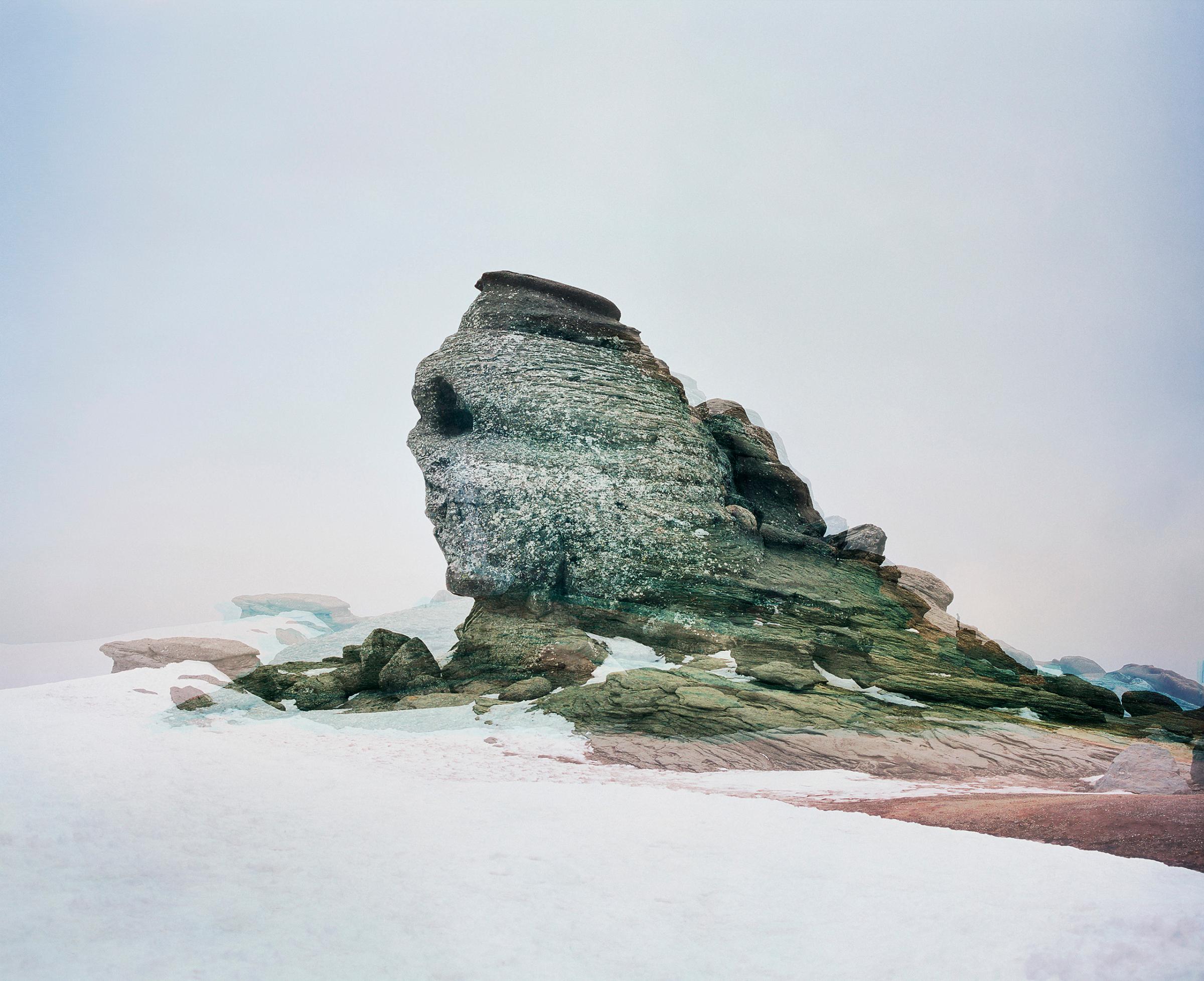
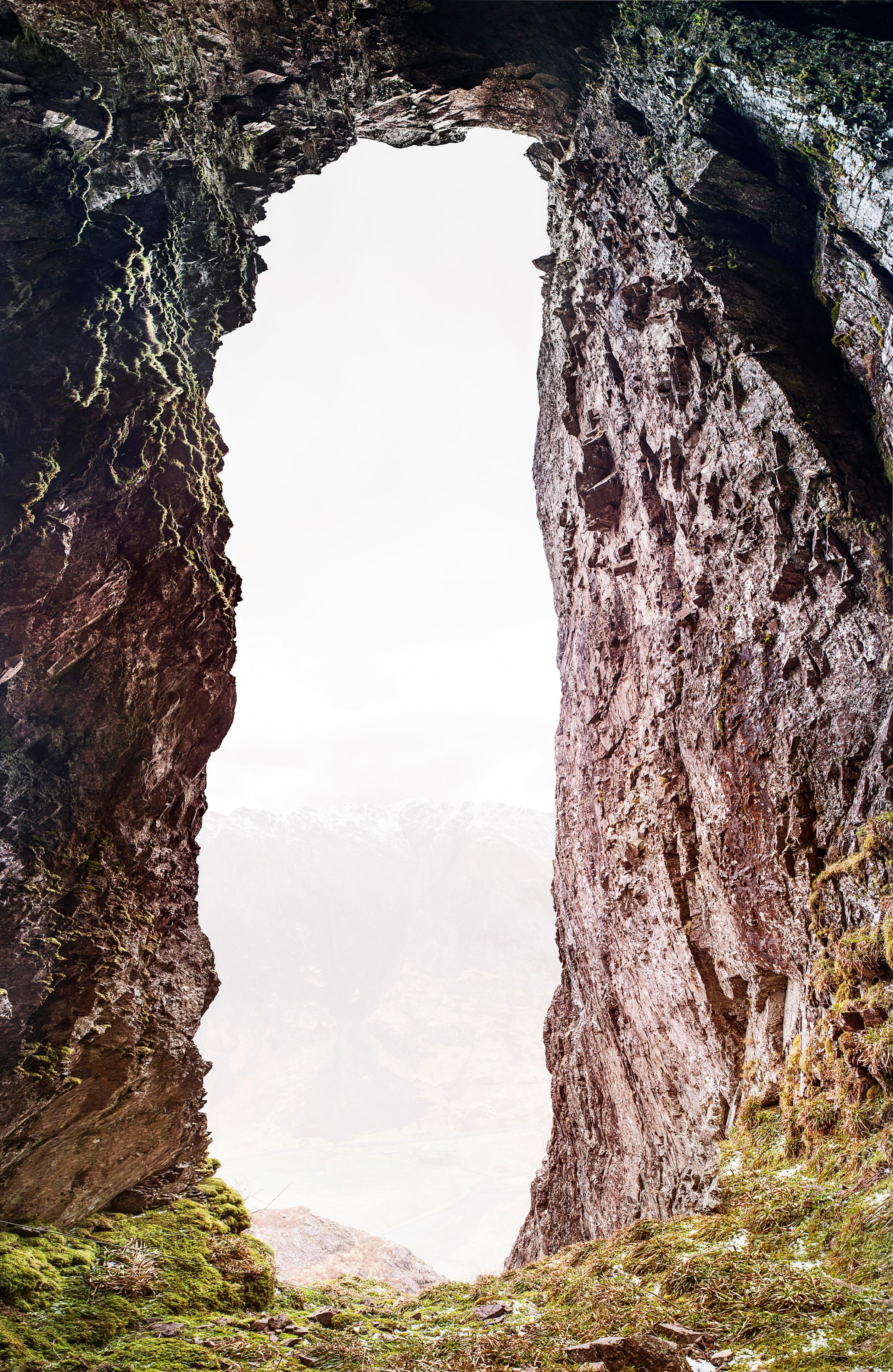
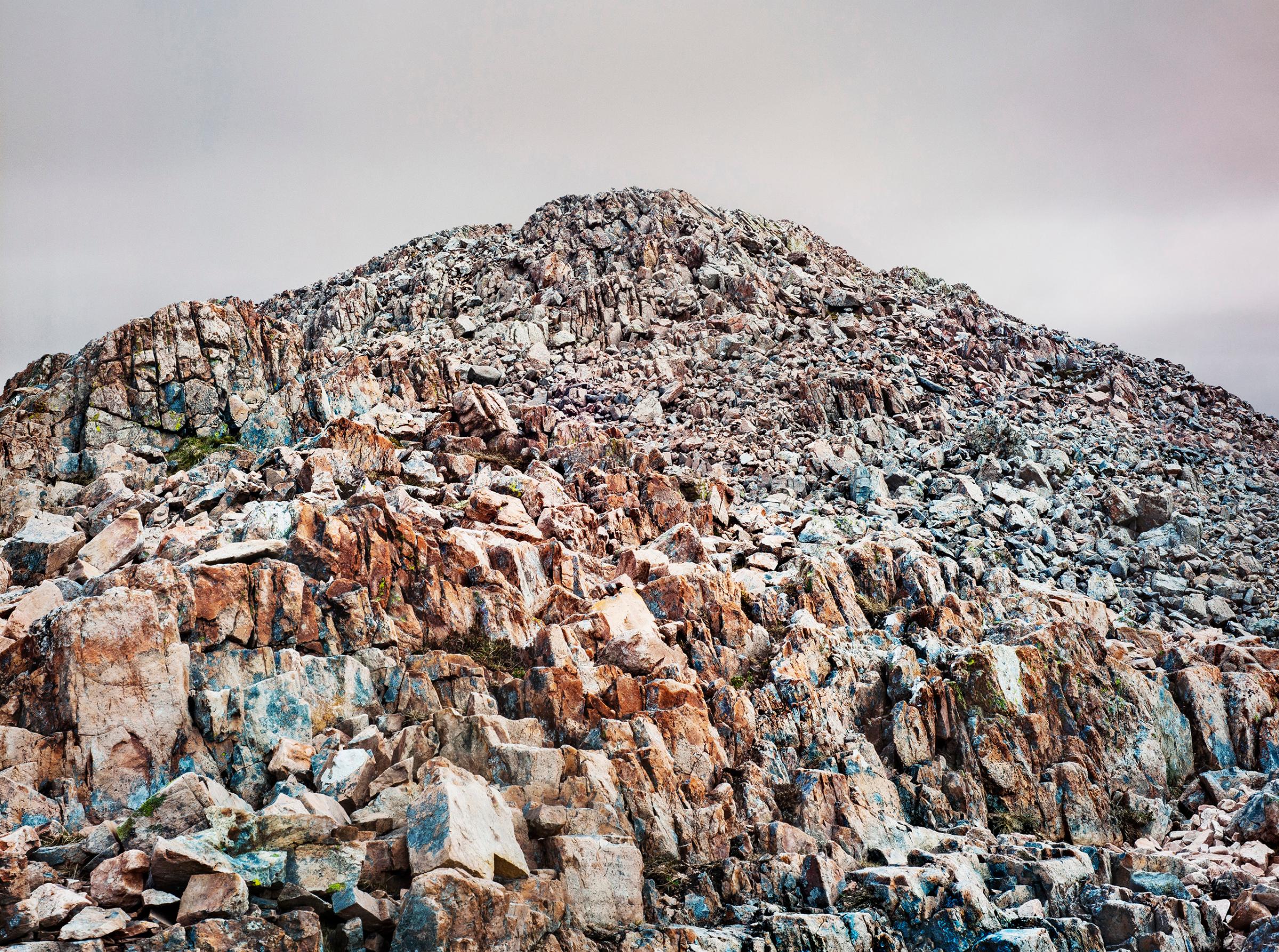
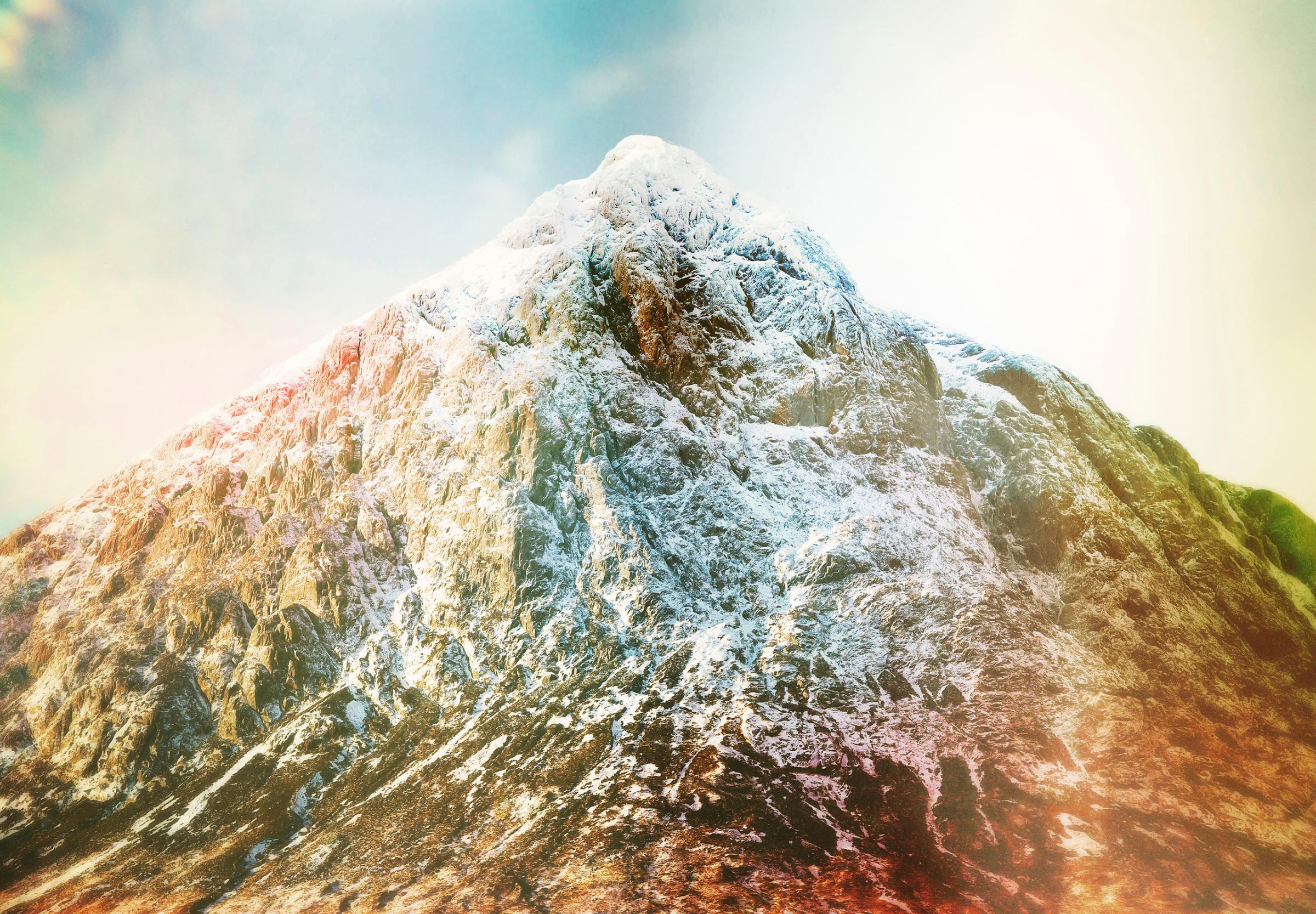

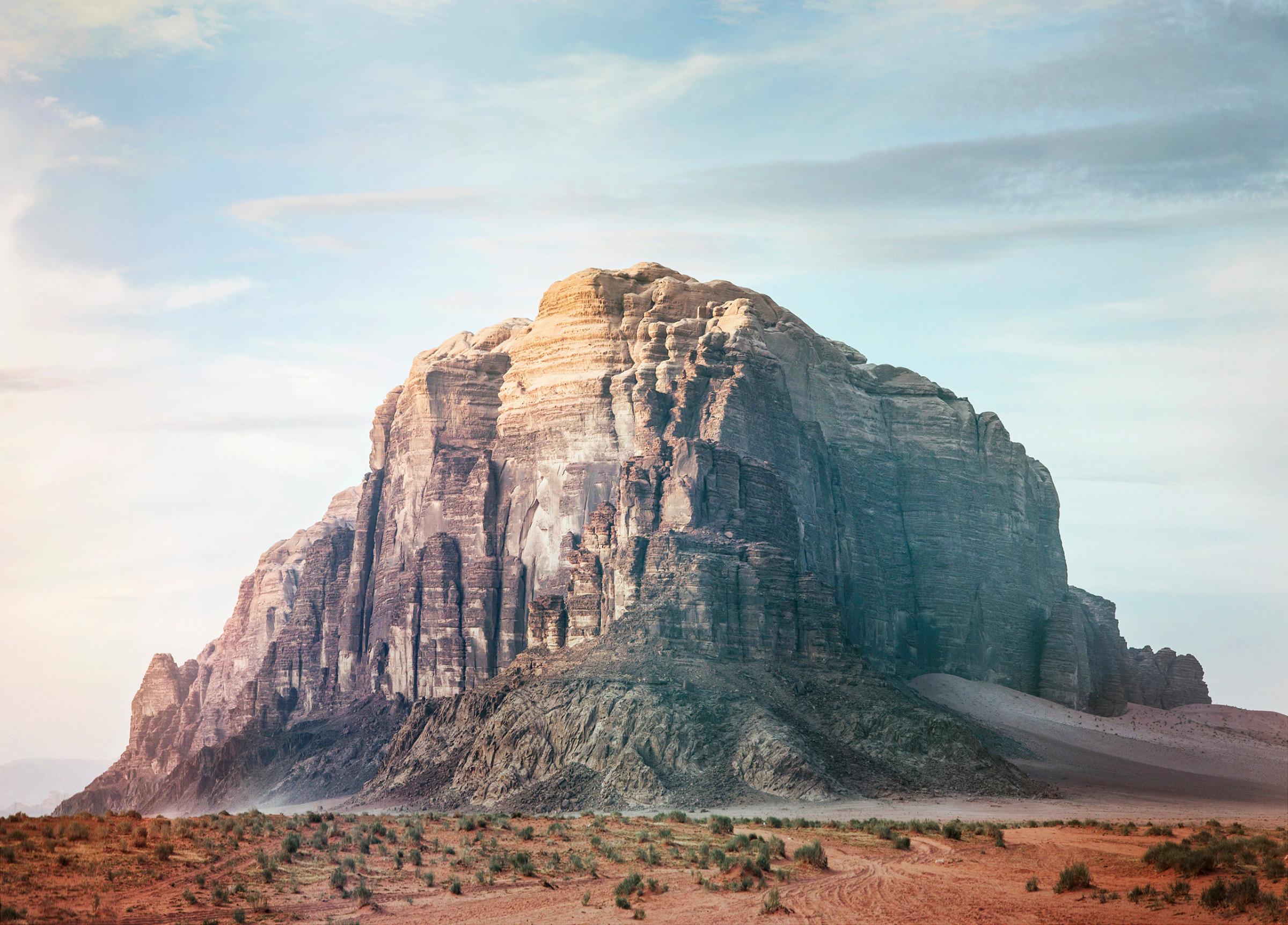

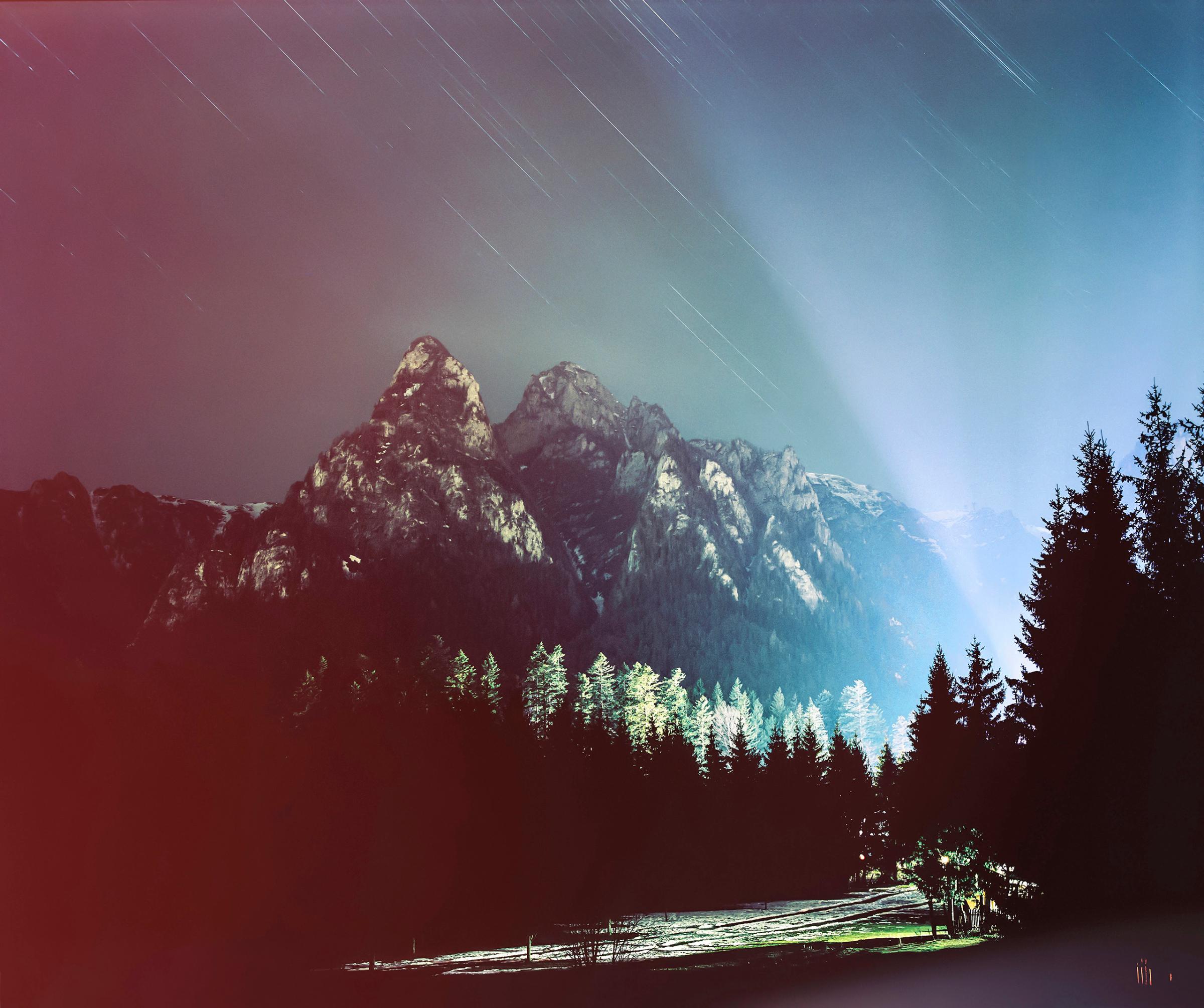
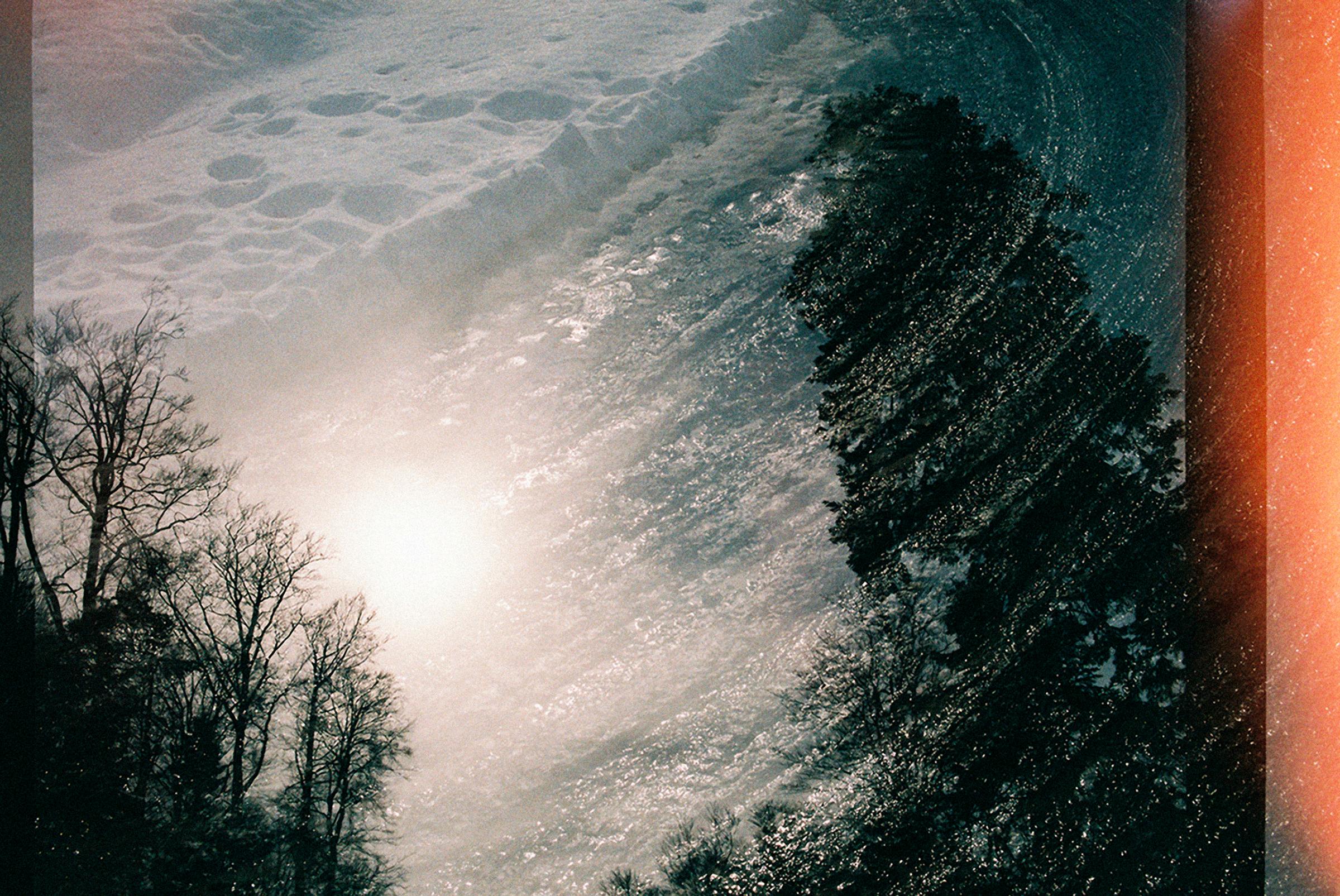
More Must-Reads from TIME
- Why Trump’s Message Worked on Latino Men
- What Trump’s Win Could Mean for Housing
- The 100 Must-Read Books of 2024
- Sleep Doctors Share the 1 Tip That’s Changed Their Lives
- Column: Let’s Bring Back Romance
- What It’s Like to Have Long COVID As a Kid
- FX’s Say Nothing Is the Must-Watch Political Thriller of 2024
- Merle Bombardieri Is Helping People Make the Baby Decision
Contact us at letters@time.com